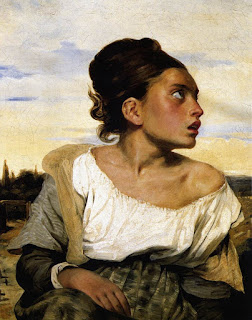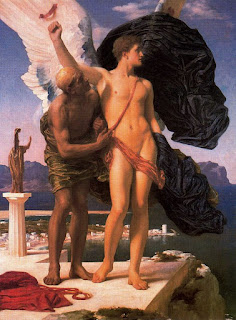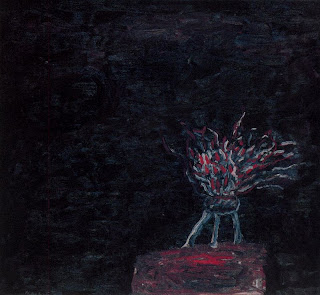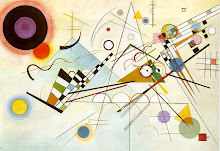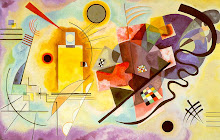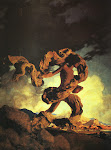Woman Combing Her Hair
1886
Degas was an absolutely gifted artist, who coming out of an early string of academically pleasing artworks surprised and divided critics with his experimentations. As for Degas the man, he was a bachelor, known for his cruel humor, ludditism and strong anti-Semitism; and there are numerous reports, from acquaintances, of Degas' unpleasantness. Still, as I think he should be, he is remembered for the inventiveness and beauty of his works.
Blue Dancers
1890
Steep Coast
1890-1892
Miss La La at the Cirque Fernando
1879
Mademoiselle Fiocre in the Ballet 'La Source'
1867-1868


























